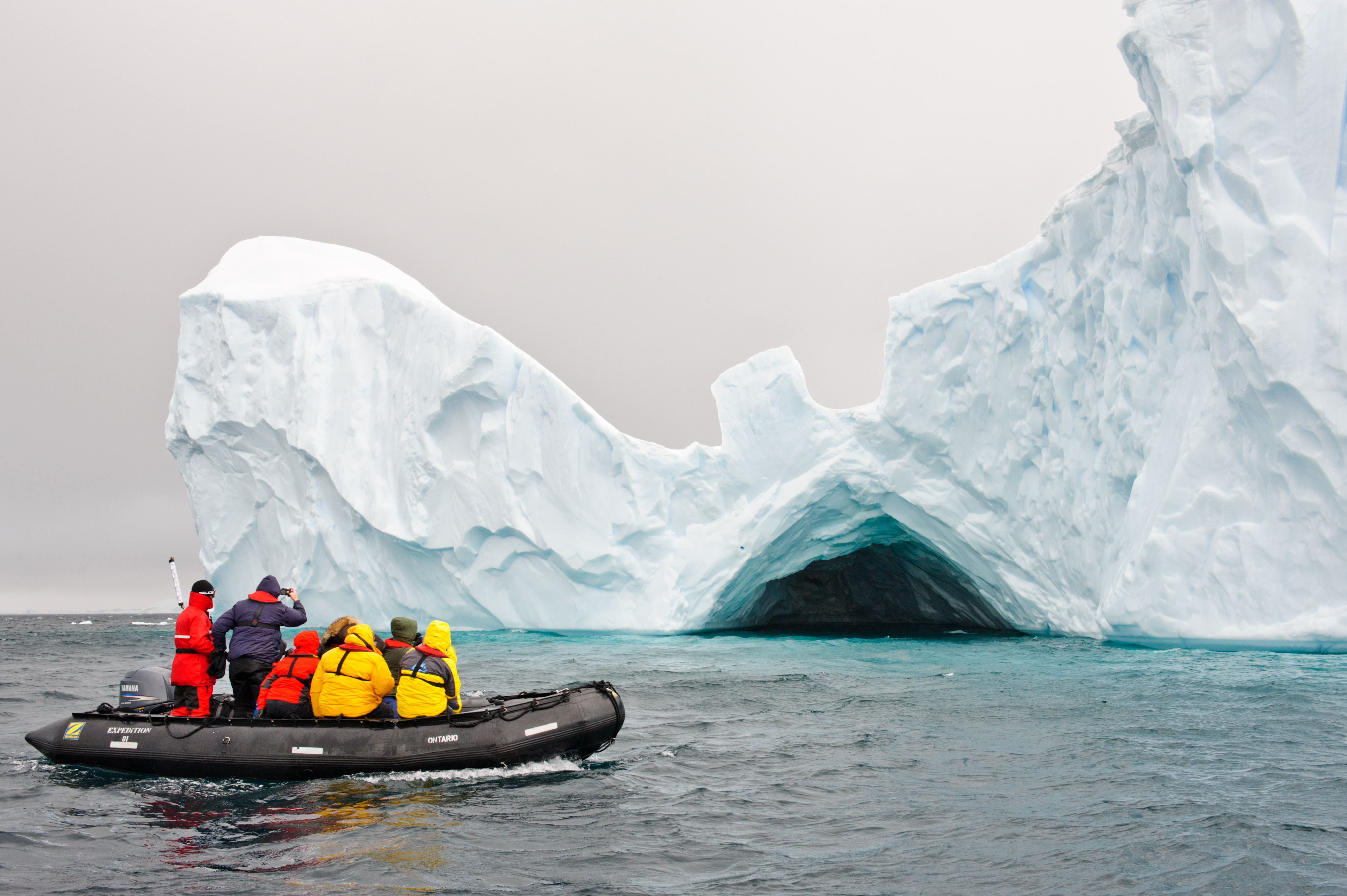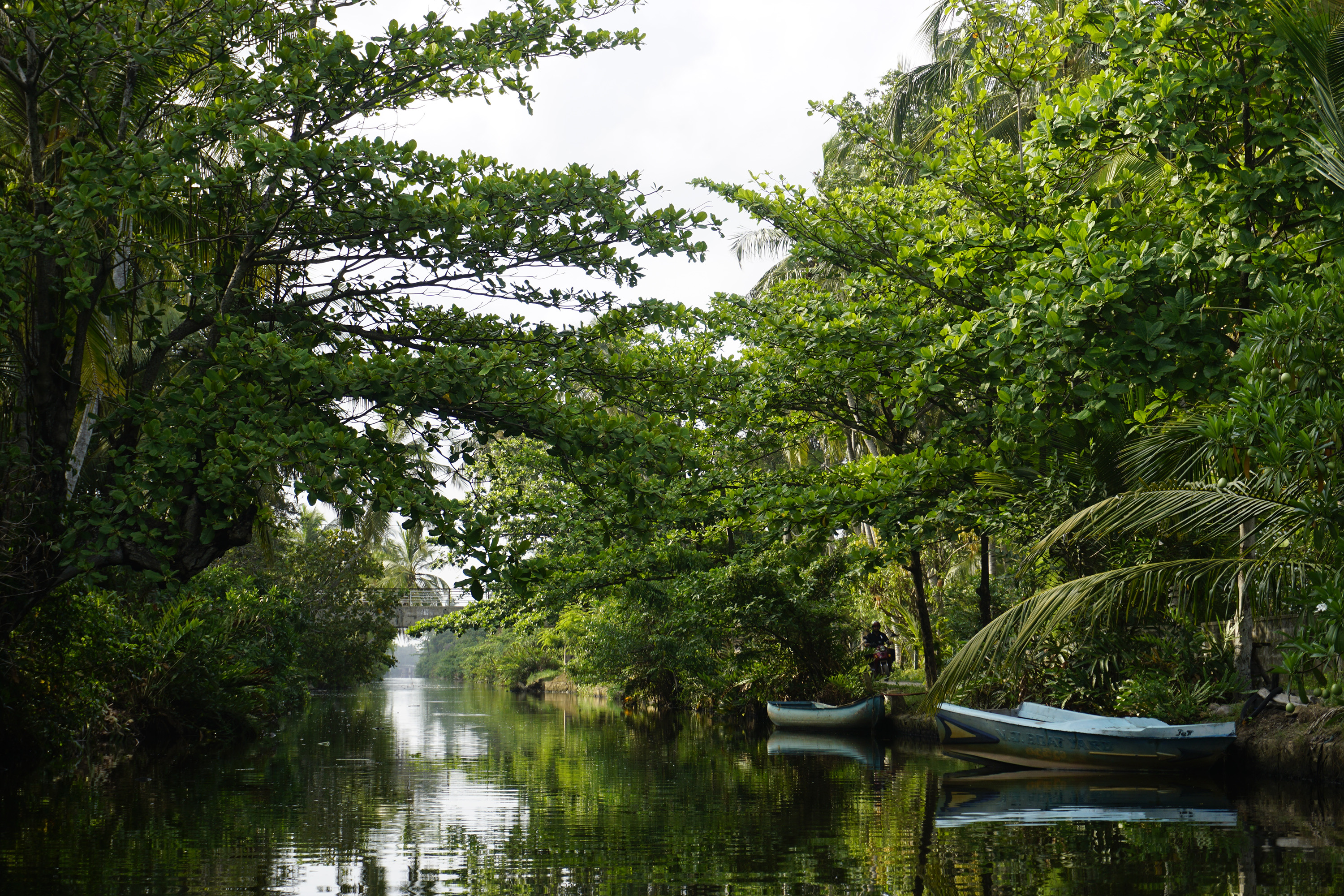Climate concerns fuel more travel to fragile corners of the world

COLOMBO, Sri Lanka — Amid piles of dried chiles, straw baskets and ripe papaya, Jeevanti Chatuvina’s wares — represented by her sister modeling a gold-studded red sari, dramatic eyeliner and a perfectly coiffed chignon — glamorized the weekly market found on the edge of a lagoon lush with mature mangroves about an hour’s drive north of Colombo in Sri Lanka.
Her bridal beauty business, like the others at the pop-up, represents the economic link between protecting the mangroves — as nurseries of the island’s fish stocks, tsunami buffers and CO2 sinks — and sustaining communities dependent on them.
“We can’t do mangrove conservation without the people,” said Anuradha “Anu” Wickramasinghe, co-founder of Sudeesa, a Sri Lanka nonprofit advocating for small-scale fishing and farming operations. It was his idea to provide business training and $100 micro-loans to some of the poorest women in coastal fishing communities in exchange for their protection of the vital ecosystem, applying a social fix to an environmental problem caused by logging, mass prawn farming and, in the northern areas, civil war. “They get training from us and seed money from Seacology.”
This spring, I joined Seacology, the California-based environmental nonprofit, on one of its tours that showcase its projects. Mangrove restoration in Sri Lanka is its largest ever, with the organization donating $5 million over five years to protect more than 21,000 acres of coastal mangroves by bringing the micro-loan program to 15,000 rural women.

Meeting the program’s budding entrepreneurs and exploring solutions to environmental challenges with field experts were the highlights of an itinerary also filled with more tourist-friendly activities, like a walking tour of Colombo, visits to Hindu and Buddhist temples, and meals both traditional and trendy.
From the broken Paris climate pact to the collapsing ice shelf in Antarctica, climate issues have dominated recent headlines. Providing access to those front lines, the travel industry has mirrored eco-concerns with the growth of climate-focused trips.
Many of these trips are concentrated at the poles. In Greenland, for example, the number of tourists rose almost 24 percent in 2015. Last year, tourism grew by nearly 10 percent — more than double the global average. American travelers represented a third of the 34,539 travelers who visited Antarctica this past winter, according to the International Association of Antarctica Tour Operators, by far the largest contingent (Chinese travelers come in second at 12 percent).
“The Arctic and the Antarctic are changing in dramatic ways, more so than anywhere on Earth,” said Sven Lindblad, founder and CEO of Lindblad Expeditions, the pioneer of cruise travel to Antarctica and the Galapagos. “Clearly, there is a greater sense of urgency and interest on the part of travelers to see and understand these environments.”
The travel industry contributes to carbon emissions, of course, but tour operators argue that exposure to threatened regions converts the curious to conservation. As oceanographer Jacques Cousteau once said, “People protect what they love.”
“Our most significant contribution to the realm of sustainability is utilizing the experiences our travelers are having as ‘Aha!’ moments to come back and do more to protect the planet and our species,'” said Ted Martens, vice president of marketing and sustainability at Natural Habitat Adventures, a wildlife-focused tour company that offsets the carbon emissions of its operations by funding green technology projects.
Natural Habitat runs trips in partnership with the World Wildlife Fund that have generated $10 million since 2003 for WWF programs confronting deforestation in the Amazon and preserving orangutan habitats in Borneo, among others. Natural Habitat’s six-day trips to see polar bears in Canada cost $6,195 (all rates are per person).
With World Wildlife Fund-Canada, Adventure Canada is offering an “Arctic Safari” from July 30 to Aug. 10 that explores Greenland’s communities and ice fjords, from $5,995.
Some operators encourage citizen scientists to help researchers with their work. The nonprofit EarthWatch Institute runs “Climate Change at the Arctic’s Edge” trips, in which travelers take water and tree core samples to measure the health of animals and plants (from $2,014 for seven days). EarthWatch Institute also offers teen-only departures.
Over the next two summers, Poseidon Expeditions will run trips to the North Pole featuring a citizen science program to collect data on sea ice thickness and melting (from $6,960 for 10 days). Data from the operator’s first citizen science launch, in 2015, is already being used by the Arctic Research Consortium of the United States’ Sea Ice Prediction Network.
Lindblad is celebrating its 50th anniversary in the Galapagos this summer with cruises aboard the 96-passenger National Geographic Endeavor II (10 days from $6,960) and the new National Geographic Global Explorers Program. The latter’s educational activities include collecting plankton, recording wildlife sightings and earning an inflatable Zodiac boat “driver’s license.”
During the 2017/2018 Antarctic travel season, Abercrombie & Kent’s Classic Antarctica departure Jan. 6 is devoted to “Understanding Climate Change” and features noted Antarctic researcher Dr. James McClintock (from $13,495 for 12 days).
Naturalist Richard Polatty, a veteran of 60 trips to Antarctica and guide for International Nature and Cultural Adventures (from $10,995 for 11 days), views familiarity as a source of support for the region.
“Antarctica is the author of global climate in some ways and is a very sensitive indicator of global climate change,” he said.
But it is felt as far away as Sri Lanka, where fishermen in the north say the tides have changed in the past two years, and at least 50 feet of new mangroves planted near Jaffna stand in parched dirt instead of being flooded by water.
With the assistance of the navy, Sudeesa continues to plant seedlings with the goal of repopulating the sea with fish and empowering women to be protectors of the coastal forests by ensuring a family income.
“We take care of the mothers, who will pass on their knowledge to their children,” said Sudeesa’s Anu as we drove down a sand road separating woven fishing huts from the sparkling turquoise sea on a community-based tour of the island better known for luxury resorts. “To the children we say, ‘This is your wealth.'”
Elaine Glusac is a freelance writer.